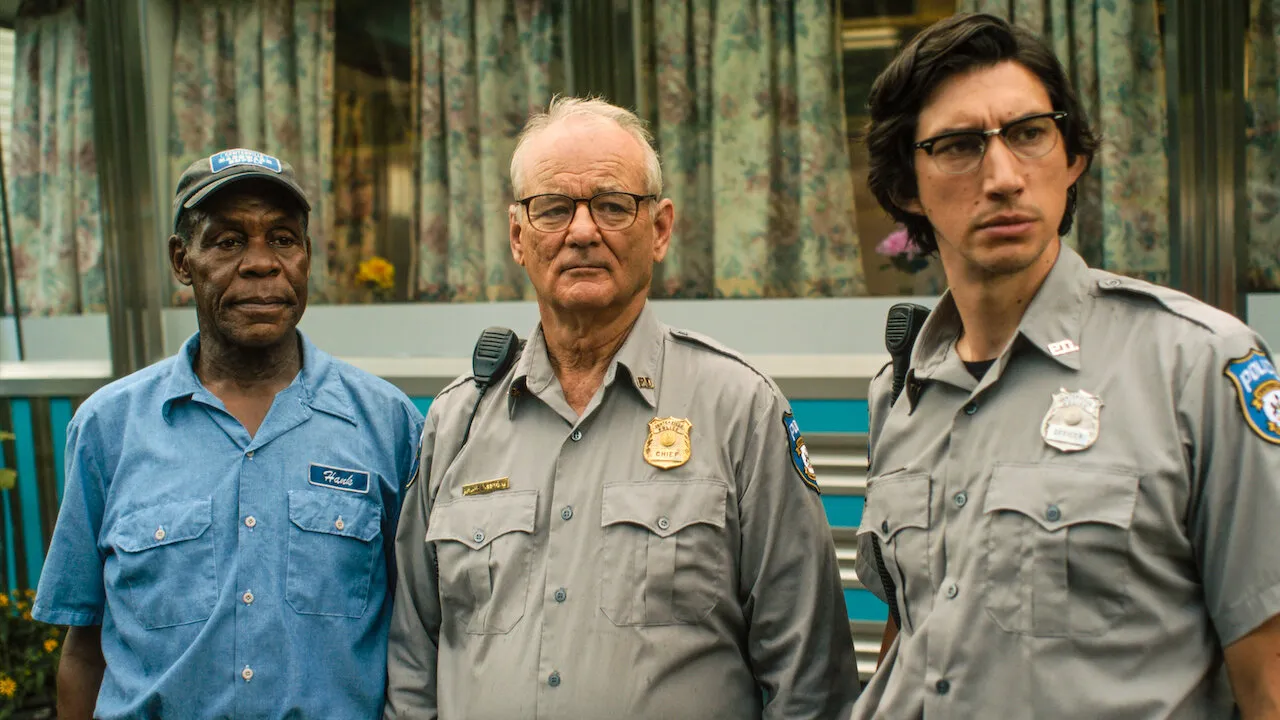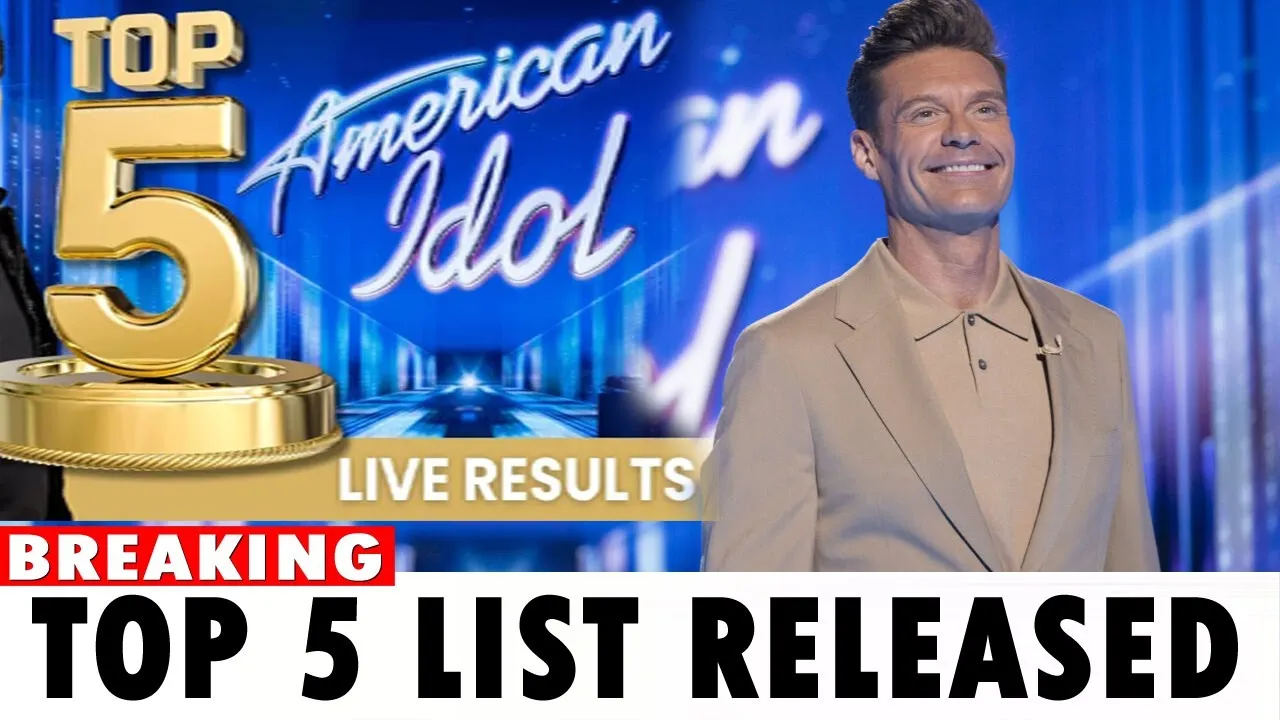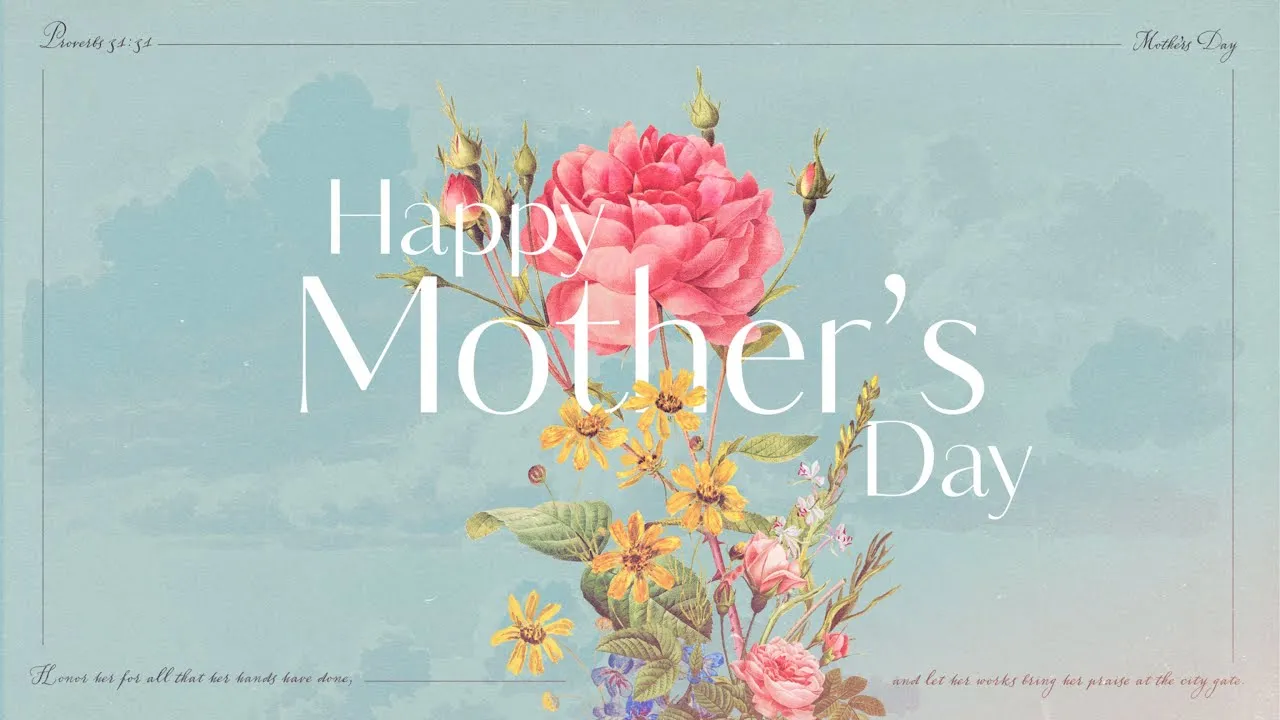Why “The Dead Don’t Die” is the Zombie Movie You Can’t Ignore!
In the vast landscape of zombie cinema, The Dead Don’t Die emerges as a groundbreaking film that defies conventional genre expectations. Directed by the legendary Jim Jarmusch, this unique cinematic experience blends dark comedy, social commentary, and apocalyptic horror in a way that challenges viewers’ perceptions of the undead narrative.
Jim Jarmusch’s Unconventional Approach
The film stands out as a remarkable departure from traditional zombie movies. Jarmusch, known for his distinctive storytelling style, brings a fresh perspective to a genre often saturated with predictable tropes. His approach transforms the zombie narrative from a simple horror story into a profound social critique.
A Star-Studded Ensemble
What truly sets The Dead Don’t Die apart is its incredible cast. Bill Murray and Adam Driver lead a remarkable ensemble that includes:
- Tilda Swinton
- Steve Buscemi
- Iggy Pop
- Tom Waits
Each actor brings a unique energy to the film, creating a sardonic and deeply entertaining viewing experience that transcends typical genre boundaries.
More Than Just Another Zombie Film
The movie goes beyond simple zombie horror, serving as a biting commentary on modern society. Jarmusch uses the undead as a metaphor for consumer culture, technological addiction, and societal disconnection. The zombies aren’t just mindless creatures; they’re a reflection of our own existential malaise.
A Unique Visual and Narrative Style
Cinematographer Frederick Elmes captures the film’s surreal atmosphere with a dreamlike quality that enhances its underlying message. The visual storytelling complements the film’s themes of societal decay and human disconnection, creating a hauntingly beautiful narrative.
Humor Meets Horror
Jarmusch’s trademark deadpan humor shines throughout the film. The characters’ meta-awareness of being in a movie adds layers of complexity to the narrative. As one character might quip, “We’re all just going through the motions” – a line that could apply both to the zombies and to modern human existence.
Critical and Cultural Significance
While the film received mixed reviews upon its Cannes Film Festival premiere, it sparked important conversations about:
- Contemporary social issues
- Climate change
- Political unrest
- Human behavior in crisis
“The zombies are us,” Jarmusch seems to suggest, challenging viewers to look beyond the surface of the apocalyptic narrative.
A Timely Reflection
The Dead Don’t Die resonates deeply with current global tensions. It’s not just a zombie movie; it’s a mirror reflecting our collective anxieties, consumerism, and disconnection from one another.
The Musical Element
The film’s recurring title song, performed by Sturgill Simpson, adds another layer of charm and meaning to the narrative. It becomes a haunting refrain that underscores the film’s themes of inevitability and repetition.
Conclusion
Jim Jarmusch has created more than just a zombie film. The Dead Don’t Die is a cinematic experience that challenges, entertains, and provokes thought. It invites viewers to look beyond the surface of horror and see the deeper social commentary lurking beneath.
Final Verdict: A must-watch for anyone seeking a zombie movie that breaks every rule and expectation.
Disclaimer: This isn’t your typical zombie apocalypse – it’s a journey into the heart of modern societal dysfunction, wrapped in dark humor and existential dread.






Leave a Comment